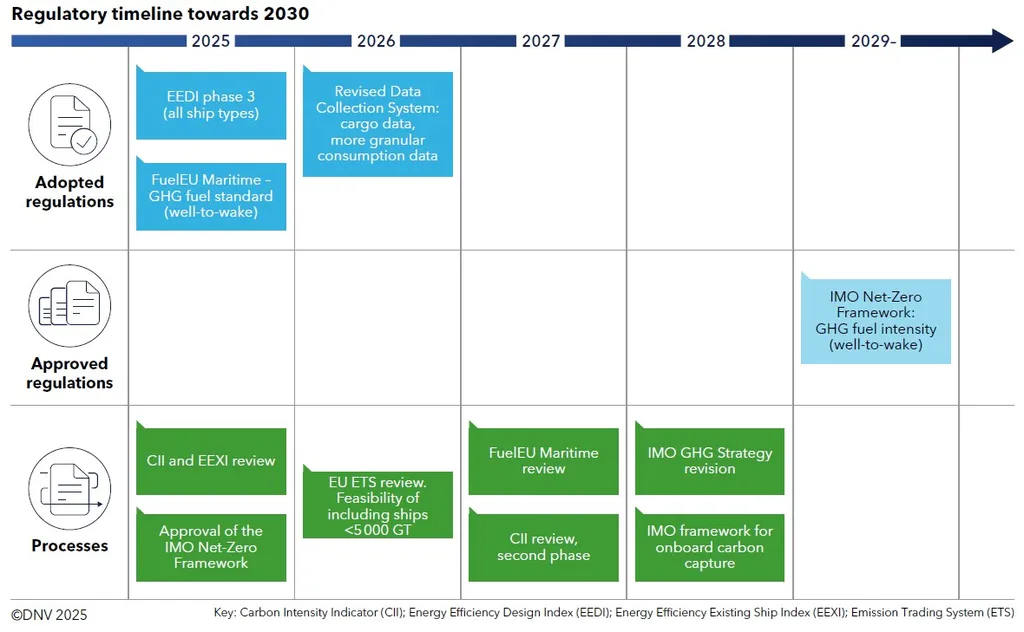In a bid to bring some much-needed order to the world of concrete non-destructive testing (NDT), a new paper has been published in the *e-Journal of Nondestructive Testing* (which, by the way, is the English translation of the German-sounding title). The article, penned by Charalampos “Babis” Loutsetis, tackles the lack of a unified certification framework for concrete NDT practitioners, a gap that’s been leaving the civil infrastructure sector in a bit of a pickle.
You see, unlike the aerospace or maritime industries, which have well-established, standards-based competency paths, civil infrastructure has been making do with a patchwork of private training bodies and vendor-led seminars. This has led to a lack of harmonization and cross-border recognition, which, as you can imagine, isn’t exactly ideal.
Loutsetis proposes a modular, method-specific certification scheme that would allow practitioners to be qualified according to the standards they apply, whether that’s EN, ASTM, or BS. This modular approach would build on best practices from ISO 9712 and incorporate tiered assessment, standard-specific training, and centralized accreditation.
So, what does this mean for the maritime sector? Well, while the paper focuses on civil infrastructure, the principles it outlines could easily be applied to maritime structures like concrete docks, offshore platforms, and even some ships. A globally recognized, multi-standard training and assessment framework could facilitate greater consistency, safety, and professional credibility in NDT for these structures.
As Loutsetis puts it, “A globally recognized, multi-standard training and assessment framework—facilitated by a neutral international body—is proposed as a path to greater consistency, safety, and professional credibility in NDT for civil engineering.” This could translate to fewer surprises when it comes to structural integrity, and that’s always a good thing.
The paper also reviews the technical differences between standards for commonly used concrete NDT methods, such as pulse velocity, rebound hammer, and ground-penetrating radar (GPR). This is where the modular certification comes in, allowing practitioners to be qualified according to the specific methods and standards they use.
Loutsetis also proposes a roadmap for implementation and pilot deployment, outlining a clear path forward for this much-needed certification framework. So, while the paper is published in the *e-Journal of Nondestructive Testing*, its implications reach far beyond that, offering a promising solution to a long-standing problem in the civil infrastructure and maritime sectors.

